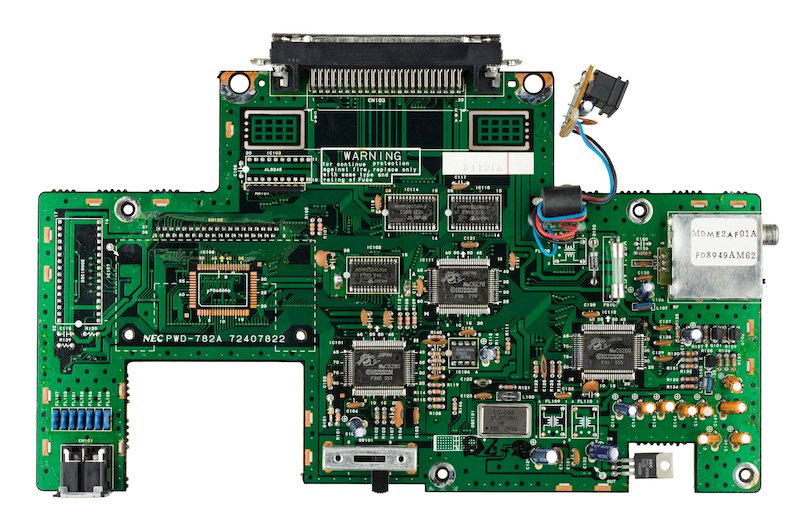Source: GamePro – Issue Number 58 – May 1994
GamePro wasn’t my favorite magazine but there’s no doubt it was one of the most popular. Personally, I preferred EGM. It always seemed to me that GamePro was aiming for a slightly younger audience than EGM. The May 1994 issue of GamePro includes:
- Letter from the GamePros
- The Mail
- The Cutting Edge – Virtuality is back! Check out Zone Hunter and more from the virtual wizards at W Industries.
- Hot at the Arcades – NBA Jam Tournament Edition, Super Street Fighter II Turbo, Power Instinct, and Alien vs. Predator
- Special Feature: Shooters! – ProReviews of Tempest 2000 (Jaguar), Sub-Terrania (Genesis), Grindstomer (Genesis), Rebel Assault (Sega CD), and Microcosm (Sega CD). Previews of Super R-Type III (SNES) and SoulStar (Sega CD).
- Cover Feature: The Making of Mortal Kombat II – Inside the minds that brough us Fatalities, Babalities, and incredible digitized graphics.
ProReviews
- Genesis
- Pirates of Dark Water
- Mutant League Hockey
- Asterix and the Great Rescue
- Sega CD
- Tomcat Alley
- Super Nintendo
- The Ninja Warriors
- Mega Man Soccer
- Metal Combat
- Spectre
- Time Trax
- King of Dragons
- Lethal Enforcers
- Choplifter III
- Joe & Mac 2: Lost in the Tropics
- Nintendo
- Alfred Chicken
- 3DO
- The Horde
- Neo Geo
- Art of Fighting 2
- Game Boy
- Wario Land: Super Mario Land 3 (Preview)
- Spider-Man and the X-Men in Arcade’s Revenge
- Sports Illustrated for Kids: The Ultimate Triple Dare!
- Chase HQ II
- Stop That Roach
- Game Gear
- Disney’s Aladdin
- Cosmic Spacehead
- Captain America and the Avengers
- Zool
- Ms. Pac-Man
The Sports Page
- World Series Baseball (Genesis)
- Hardball III (SNES)
- MLBPA Baseball (SNES)
- RBI Baseball ’94 (Genesis)
- Super Bases Loaded 2 (SNES)
- Bill Walsh College Football (SNES)
- Suzuka 8 Hours (SNES)
- NHL Hockey ’94 (Sega CD)
- NBA Showdown ’94 (Genesis)
- Chavez (SNES)
- Caesars World of Boxing (CD-I)
- PGA European Tour (Genesis)
- Pebble Beach Golf Links (Genesis)
- International Tennis Open (CD-I)
Role-Player’s Realm
- Nobunaga’s Ambition (SNES)
- Liberty or Death (SNES)
- Young Merlin ProStrategy Guide: Part III (SNES)
- RPG Industry Interview: Alex Jimenez
SWATPro
- Secret weapons and tactics from the GamePros.
- Fighter’s Edge – More than 60 Fatalities, three hidden characters, how to play Pong, and more weird stuff.
- GamePro Labs – It’s the Pro Action Replay 2, SG ProPad 6, and Pro Control 6.
- Short ProShots – Quick looks at some hot new games.
- Overseas ProSpects – A look at Dracula X (PC Engine Super CD), Ganbare Goemon 2 (Super Famicom), Zoku: The Legend of Bishin (Super Famicom)
- ProNews – All the video game news that’s fit to print.
- Index of Advertisers



